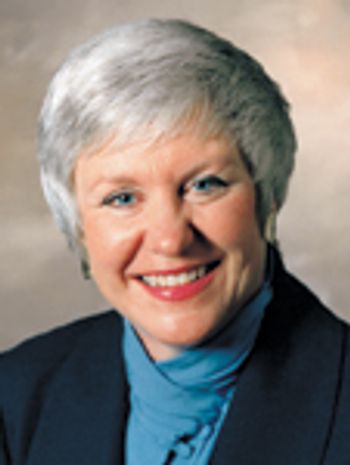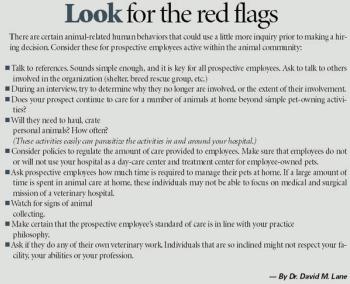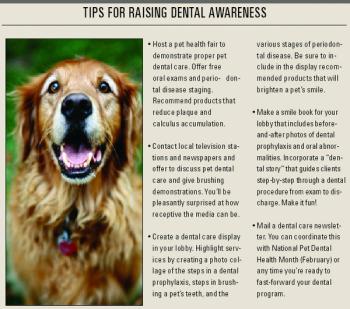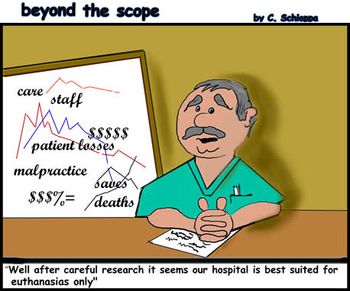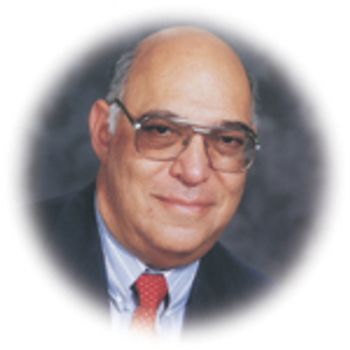
Have you ever stopped at a traffic light or just walked through a new section of town and inhaled the smell of garlic coming from a local Italian restaurant or the unmistakable aroma from a BBQ eatery? When you are paying the bill, do you ever wonder how you made the decision, spur of the moment, to fill up with pasta or ribs?







